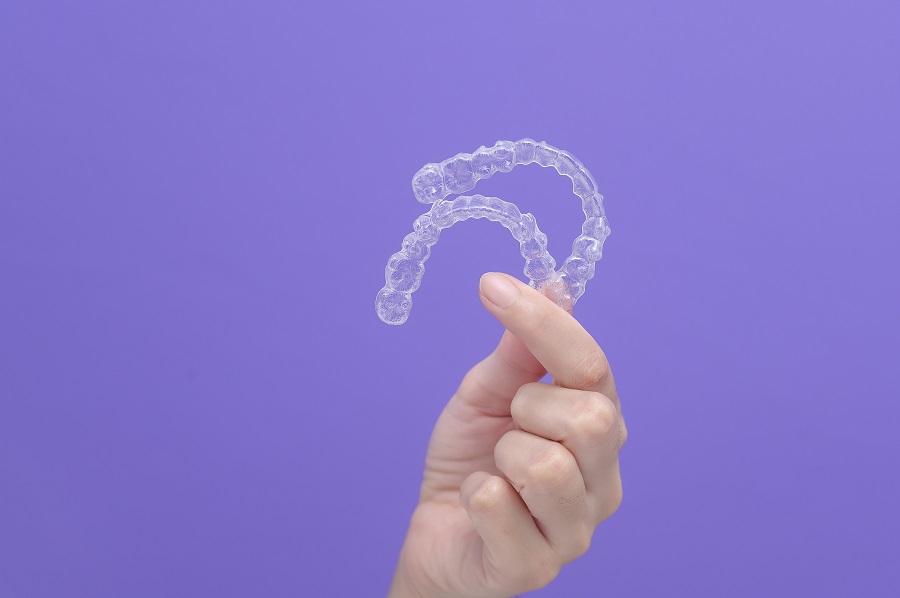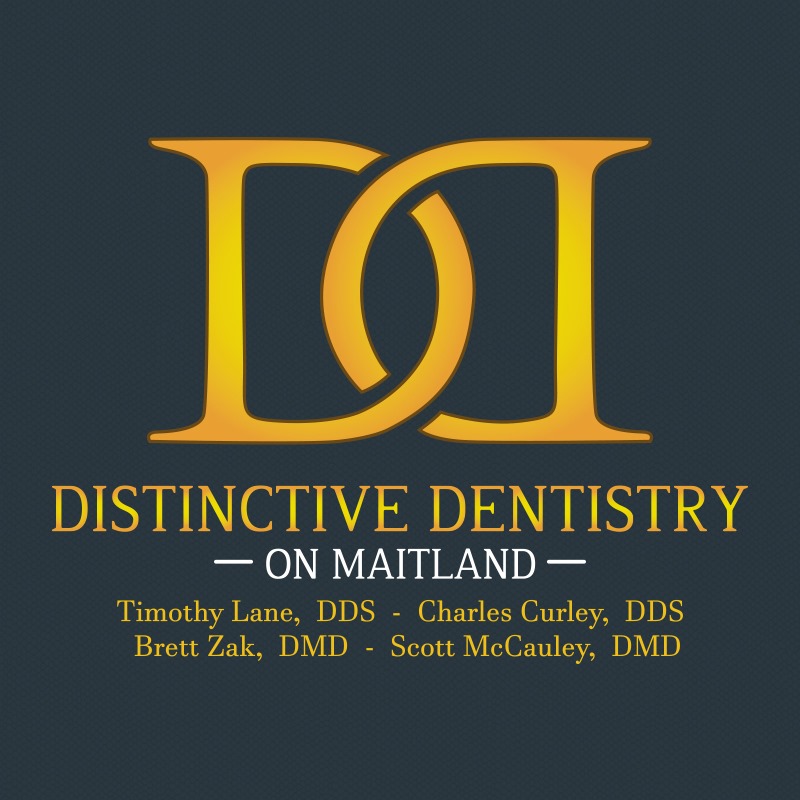Restorative dentistry
Posted by Timothy M. Lane Oct 02,2022
Tooth decay
Tooth decay is a common problem faced by children and adults alike. However, regular examinations and cleanings allow us to spot the early signs of cavities, so we can treat cavities in their earliest stages. A dental filling is a common restorative dentistry procedure used to address small amounts of tooth decay.
Dental filling
Dental fillings are used to treat cavities caused by tooth decay. A filling is a way to restore a tooth that has been damaged by cavities. The tooth is cleaned and the cavity is cleaned using a dental drill. A filling is then placed in the cavity to “fill in” the damaged tooth. When the tooth is filled, the tooth is restored to its original shape and function.
Dental inlay
Dental inlays are custom-made restorations, which can restore damaged teeth. Inlays can repair damage caused by tooth decay, fractures, and cavities, and can help to strengthen the teeth.
Dental onlay
Onlays are sometimes called partial crowns. They look and function like regular fillings, but they are created in a lab and cemented to the tooth. They’re usually made of porcelain or gold, and they help strengthen and restore a decayed or weak tooth.
Dental crown
Dental crowns are a restorative treatment used to treat teeth that have a lot of decay, or that are cracked, broken, or otherwise damaged. Dental crowns, which are sometimes called caps, fit over the top of a damaged tooth, completely covering it. Dental crowns are often used when a tooth is too damaged to be repaired with a filling or other types of restorations.
Dental bridge
A dental bridge is a fixed dental restoration used to replace one or more missing teeth. The bridge is cemented in place using the two surrounding teeth or dental implants for support. It generally takes two appointments to complete a bridge. On the first appointment, the teeth are prepared and molds of the mouth are taken. The molds are used to create the bridge. The bridge is cemented in place on the second appointment.
Root canal therapy
When a cavity is deep enough to reach the pulp layer of a tooth, a root canal may be necessary. During root canal therapy, the infected tissue is removed from the tooth. The tooth is then cleaned and filled to prevent further decay. If the infection is severe, a dental crown may be recommended to provide extra protection and stability.
Dental implant
Dental implants are replacement tooth roots that support a dental restoration. They are unlike a dental bridge, which relies on the adjacent teeth for support. Dental implants are standalone restorations and do not require the neighboring teeth for support.
Dental implants are small titanium posts that are surgically placed into the jawbone. After a healing period, the implants are fitted with a dental crown. If multiple teeth are missing, dental bridges or dentures can be created and anchored to the dental implants.
Orthodontic treatment
Orthodontics straighten the teeth and correct their alignment. This treatment does not replace missing teeth, but instead makes the teeth fit together better. Patients often choose orthodontics as a way to improve their appearance and their oral health, as straighter teeth are easier to clean than misaligned teeth.
The dentist may recommend orthodontics if the patient suffers from TMJ disorder (TMD), a common problem that can cause pain in the jaw and even migraines. TMD can also result in teeth grinding and teeth clenching, which can damage the teeth.
Periodontal
Periodontal disease is an infection of the gums, bone, and ligaments that support your teeth. Bacteria cause this infection, and over time, it can destroy your gum and bone tissue. If left untreated, periodontal disease can cause gums to pull away from teeth, forming spaces known as pockets that become infected. Periodontal disease is the leading cause of tooth loss in adults.
More Blog Posts
Office Hours
MON - TUE7:00 am - 3:00 pm
WED7:00 am - 5:00 pm
THU7:00 am - 3:00 pm
FRI8:00 am - 12:00 pm
SAT - SUNClosed










